Coral CO2 Project
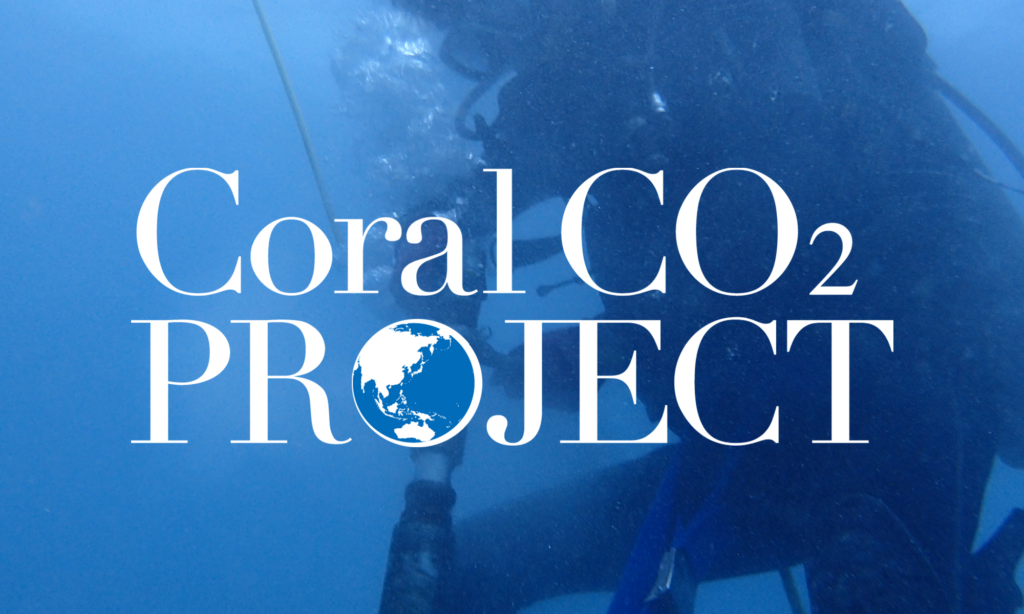
For predicting the future trend of climate change: we would like to investigate the amount of anthropogenic CO2 emitted into the atmosphere and absorbed into coral reefs!
Based on a coral-made island Kikaijima, KIKAI Institute for Coral Reefs Sciences searches various seas around the globe for the unknown, with a view to investigating the relationship between coral reefs and the global climate change. Our ideology is “preserving our achievements for the next century.” Most of us present right now will probably have died in hundred years later. However, we believe that our achievements – what we have researched and what we have strived to communicate to the future generations – will be preserved for the next century.
Anthropogenic CO2 absorbed into coral reefs… Why it matters so much to us? Because it provides crucial information on the past, present, future path of global climate change.
CoralCO2 Project was initiated in 2015 by KIKAI Institute for investigating the influence of climate change on the marine environment and ecology. Recently, people around the globe have started to embrace a profound sense of wariness toward global climate change. We are afraid because we do not know what is going on, and we want to know. As a research and educational institution in Kikaijima, we can scientifically investigate what is happening in the ocean and why it is happening and share the results of our investigations with the rest of the world.
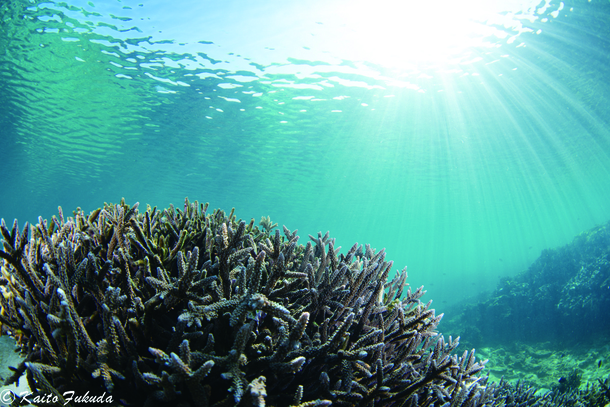
First step: investigating corals in Hawai’i Islands to compile the record of anthropogenic CO2 concentration in the ocean
The emission of anthropogenic CO2 has long been recognized as an intractable environmental problem. The resulting rises in the water temperatures and ocean acidification might inflict negative influences on the ecology of coral reefs as well. However, there has not been any record of anthropogenic CO2 dissolved into the ocean at this moment. We attempt to assess the influences of anthropogenic CO2 on coral reefs in the last two centuries by chemically analyzing the growth rings inside the coral skeleton.

In general, scientists do not make the whole process of their research open to the general public, until they are complete and ready for their results to be published. It is not the case in Coral CO2 Project: we are recruiting the project supporters from the general public to provide them with the opportunity to see how the data are collected. It would be our great pleasure to witness our arduous efforts to collect the data and start thinking about the environment.
The importance of conducting investigations in Hawai’i Islands
The problem with assessing climate change on a global scale is that regional human activities might interfere with accurate measurement. This is the case, especially with conducting researches close to the continents. In this regard, Hawai’i Islands provide an optimal research site, because they are situated right in the middle of the Pacific, free from human activities. They indeed host some oldest environment assessment facilities for collecting data of CO2 concentration in the ocean (Station ALOHA) and the atmosphere (Mauna Loa Observatory). The goal of CoralCO2 Project is to compile highly precise data of global climate change by extracting records of anthropogenic CO2 from the corals surrounding Hawai’i and by combining them with the data accumulated by these other institutions.
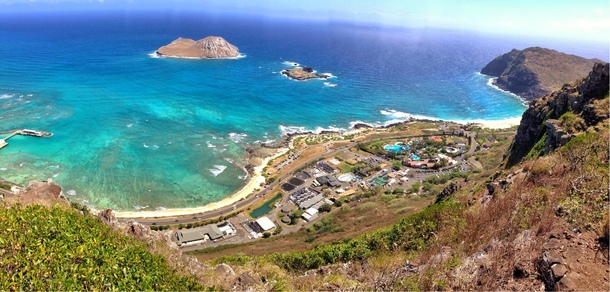
How can we extract the records of CO2 from corals?
Coral is an animal that inhabits in tropical and subtropical areas. The objects of our investigations are Porites, a genus of corals forming colonies that are shaped like round rocks. The surface of the colony is covered by soft-tissues called polyps. They accumulate calcium carbonate to form a beautiful skeleton with diverse shapes. However, the skeleton is not just aesthetic but also useful for scientific researches. It has growth rings just like trees. Collecting and chemically analyzing these growth rings allows us to estimate the marine environmental changes during the past few hundred years. Corals build their skeletons using materials dissolved in the seawater, including CO2. By chemically identifying CO2 incorporated in the skeletons of corals, we are able to accumulate the data of the amount of CO2 absorbed into the ocean.
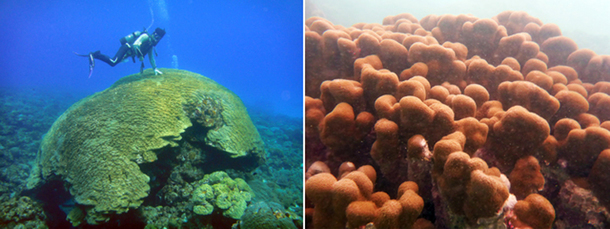

Giving our last shot!
In Hawai’i, collecting coral samples from the ocean is strictly restricted by laws and regulations. Even for the research purpose, it took us a long time to obtain permission from the local authorities. Perhaps, this might be the last chance for researchers to collect coral samples from Hawai’i. So far, we have searched for and located reefing areas by using satellite and aerial photos, by referring to the oldest historical records and locals’ accounts, and by actually swimming and diving in the seas of Hawai’i. And finally… in September, 2019…
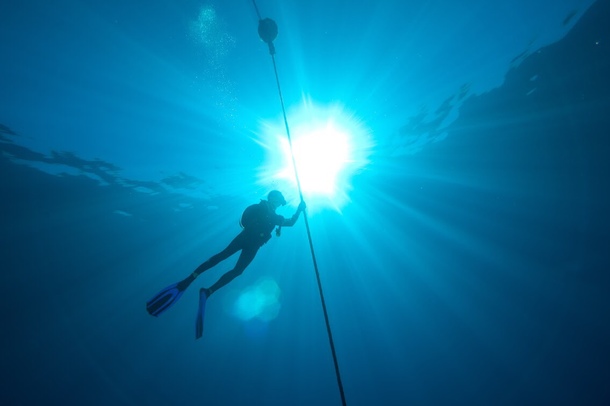
CoralCO2 Project initiated! Collecting coral samples from the ocean.
We extract pillars with a diameter of 3~5cm made of skeletal fragments called “cores” from coral reefs. The air-driven drill is so as not to pollute the seawater. The remaining holes on the surface of coral colonies are filled with concrete plug for new skeleton to cover up. The extracted samples will be sliced and x-rayed for making it easier to observe their growth rings. These growth rings serve as a calendar covering the past few centuries. By chemically analyzing each ring, we are able to figure out the CO2 concentration at a particular point in the past.
We look for the supporters of CoralCO2 Project.
Suppose we go on continuing our economic activities as we do right now. How much will more CO2 being released into the atmosphere? How fast will it be absorbed into the ocean? We are collecting the records crucial for finding the answer to those questions. We share the data obtained from this project with other researchers around the globe. They incorporate those data into their projection models. Then, it would be possible to predict future climate change with higher accuracy. CoralCO2 Project is the first step of this grand intellectual quest of humankind.
We want to share our progress through this website and SNS. For those who agree with our cause, please support our project!
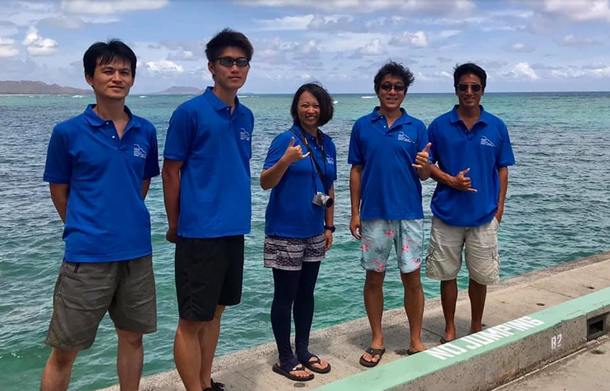
Applicable SDG Goals
Goal 13: Take urgent action to combat climate change and its impacts
Goal 14: Conserve and sustainably use the oceans, seas, and marine resources for sustainable development
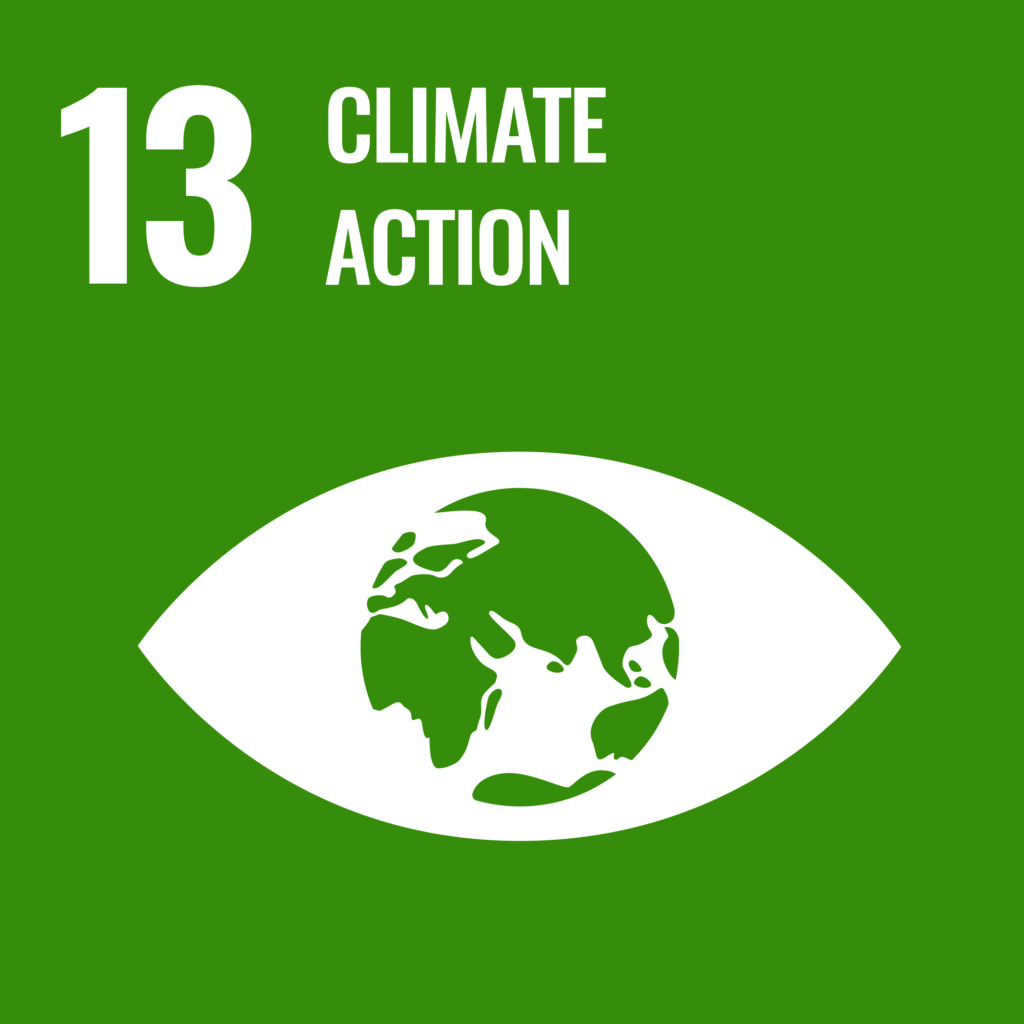
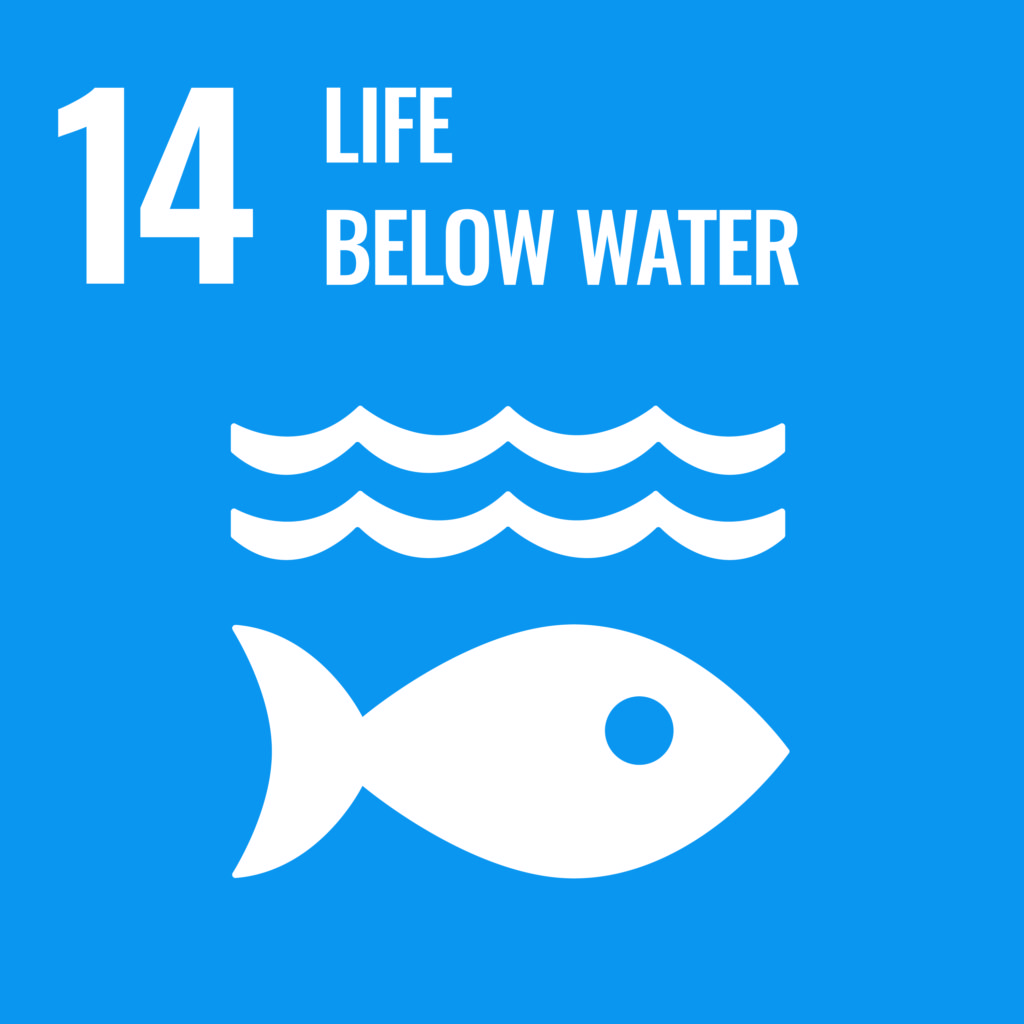
We are looking for supporters of the project!
Please donate us and become a supporter of the CoralCO2 Project. The proceeds will be gratefully used for the investigation and research expenses.
